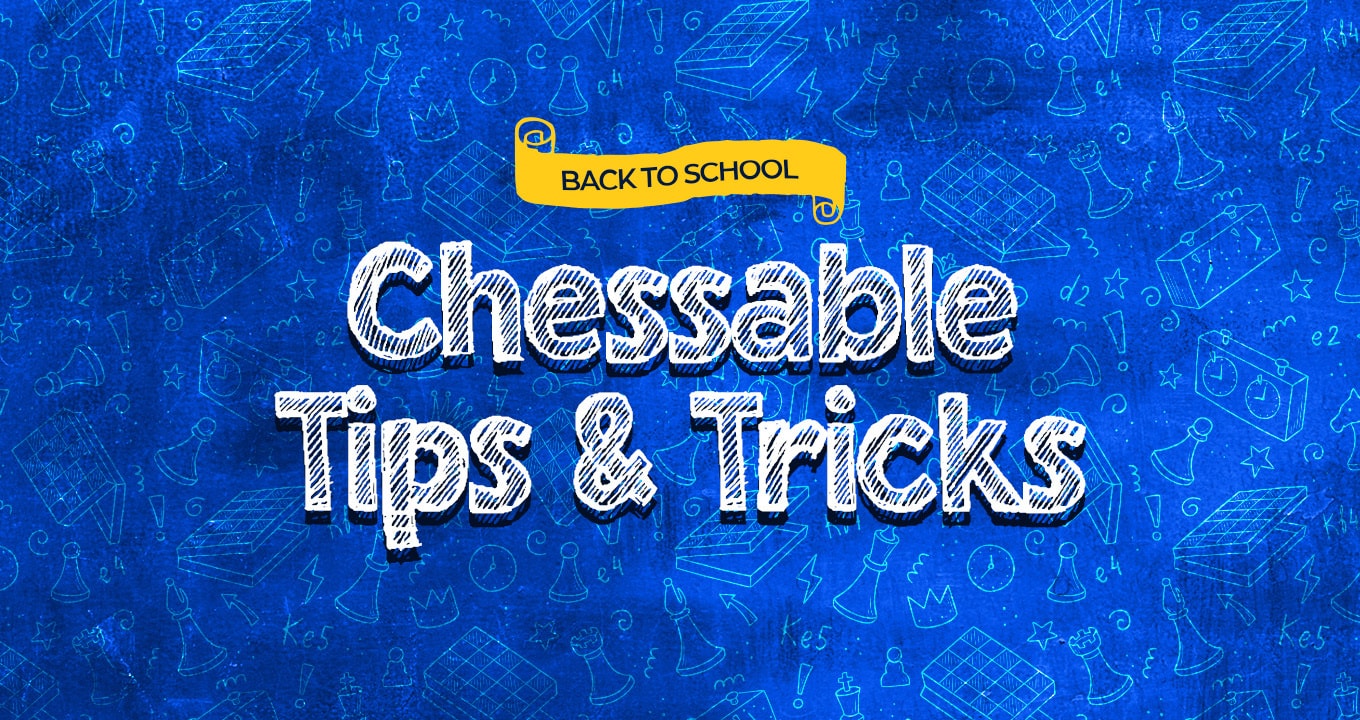Botvinnik used to say that every strong player should have their “own theory.”
I read Botvinnik’s advice while I was still very young and this shaped my approach to openings and opening variations. Even though I always played the main lines, both with White and Black, I always looked for less familiar and less known ideas and plans in them. I would try to analyse them, and then I would often surprise my opponents.
This was the meaning behind Botvinnik’s advice. It is not enough to know the official theory because everybody knows the official theory. You must have your own thoughts and ideas and use these to gain an advantage, even if that advantage is only a psychological one. Your own thoughts and ideas can sometimes be based on feeling. You may feel comfortable in a certain type of position even if official theory doesn’t regard it very highly. Or you have analysed a line deeply and saw it is good, even though official theory hasn’t reached that verdict (yet).
I would like to give an example from my own experience with each of the two cases mentioned above.
My openings have always been heavily influenced by Fischer. That meant that I studied every opening he ever played. Fischer varied his openings when he faced 1.d4. Among the openings he used was the Semi-Tarrasch.
In the mid-90s the Semi-Tarrasch wasn’t a popular opening. It was considered comfortably better for White, but I quite liked it. If White played 5.e3 (after 1.d4 Nf6 2.c4 e6 3.Nf3 d5 4.Nc3 c5) I already considered this as a small moral victory since it usually showed me that he wasn’t prepared. And in the main line after 5.cxd5 Nxd5 6.e4 Nxc3 7.bxc3 cxd4 8.cxd4, I was happy to play Black having exchanged a pair of minor pieces. Several times I even got to use Fischer’s idea of 8…Nc6 and only one of my opponents played the critical 9.Bc4!
I used the Semi-Tarrasch on several important occasions and it never let me down. Curiously enough, it was only after Kramnik’s use of it in the London Candidates in 2013 that the Semi-Tarrasch got its proper recognition and is now considered very safe for Black!
The second example of my own theory is in the Najdorf. When thinking about what to do against the English Attack, I again went back to Fischer’s games. You may be surprised, but Fischer has one game in the English Attack – a blitz game against Robert Byrne from the New York blitz tournament in 1971. I checked that game and saw that Fischer was lost after the opening, but only after he misplayed it.
Finding an improvement in his play wasn’t that difficult.
This position arises after 1.e4 c5 2.Nf3 d6 3.d4 cxd4 4.Nxd4 Nf6 5.Nc3 a6 6.Be3 e5 7.Nb3 Be7 8.f3 Be6 9.Qd2 0-0 10.0-0-0 Nbd7 11.g4 b5 12.g5 Nh5 13.Nd5 Bxd5 14.exd5.
Here Fischer played 14…Rc8? and after 15.Bh3 he was busted. I looked at this position and thought why not close that diagonal and play 14…f5! In fact, that move had been played against Robert Byrne in 1972, but I didn’t know that back in the early 90s when I was analysing and preparing this variation.
The whole line starting with 12…Nh5 was considered dubious then. What people played was 11…h6 or 7…Be6 and 8…Nbd7, postponing the development of the kingside, or even 12…b4. But I analysed White’s options, both 15.gxf6 and 15.Na5 and came to the conclusion that Black’s position is full of life and offers excellent chances.
In the main line after 15.gxf6 Bxf6, Black has good squares for his pieces and this compensates for the light-square weaknesses. What was also important was that after this exchange the character of the position changed. White no longer has an attack and should in fact play on the queenside. This change is not always welcome with aggressively-minded attackers.
Needless to say that with theory developing in other directions I was way ahead of my opponents when the above position appeared on the board. The variation served me well for more than 10 years, while today it is one of the most critical responses to the English Attack!
Having your own theory is a very important step forward in constructing your own repertoire. Hopefully, these two examples can help you find your own original paths in the modern jungle of opening theory.





